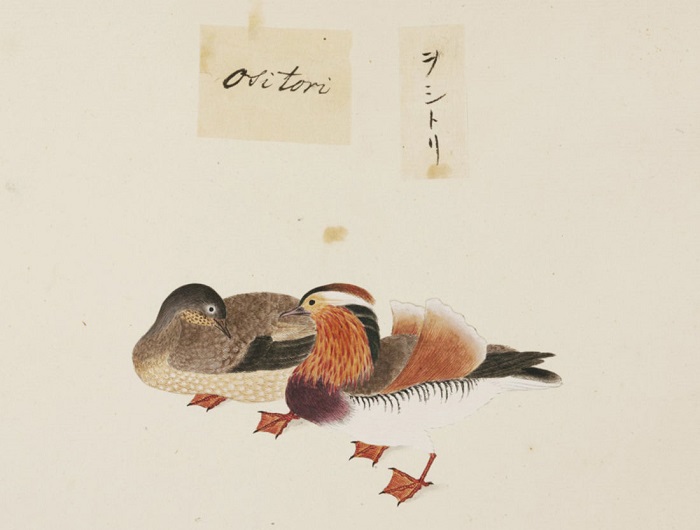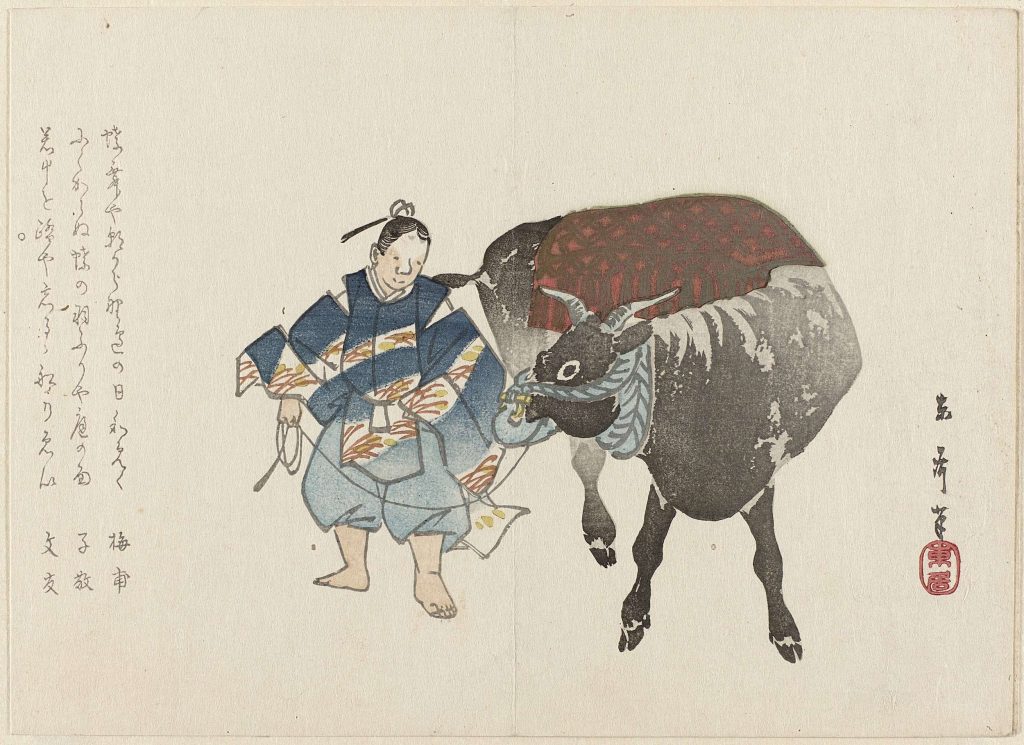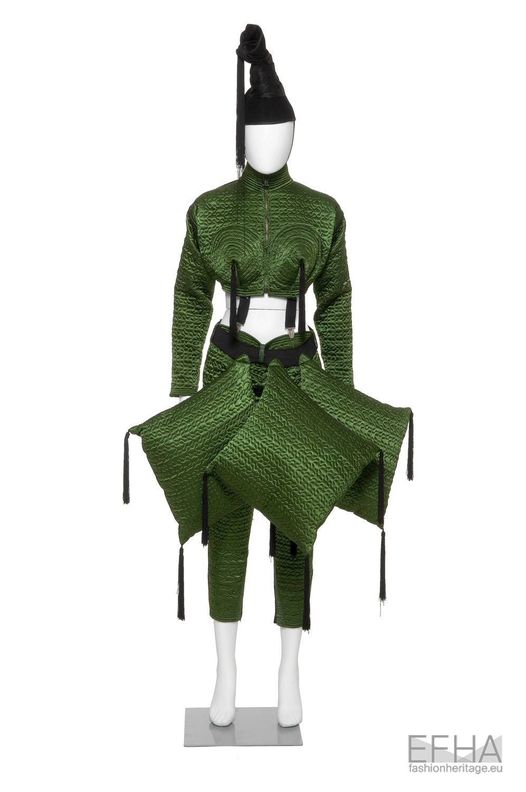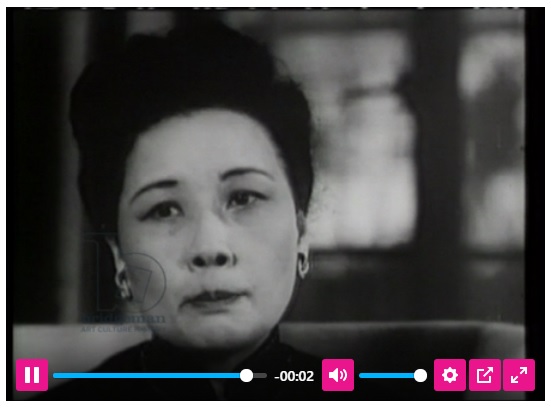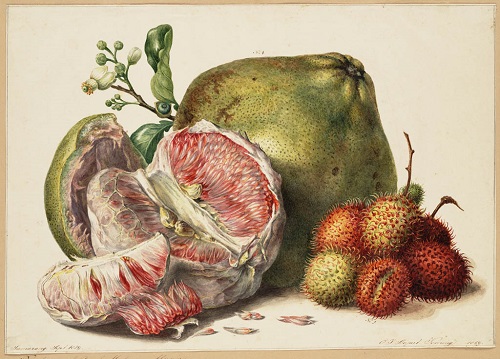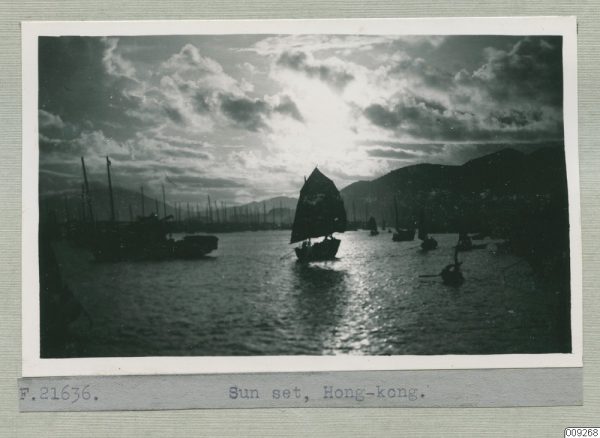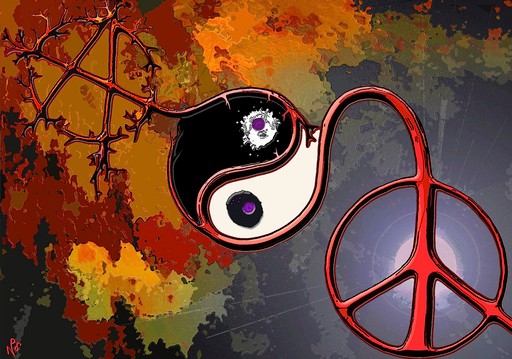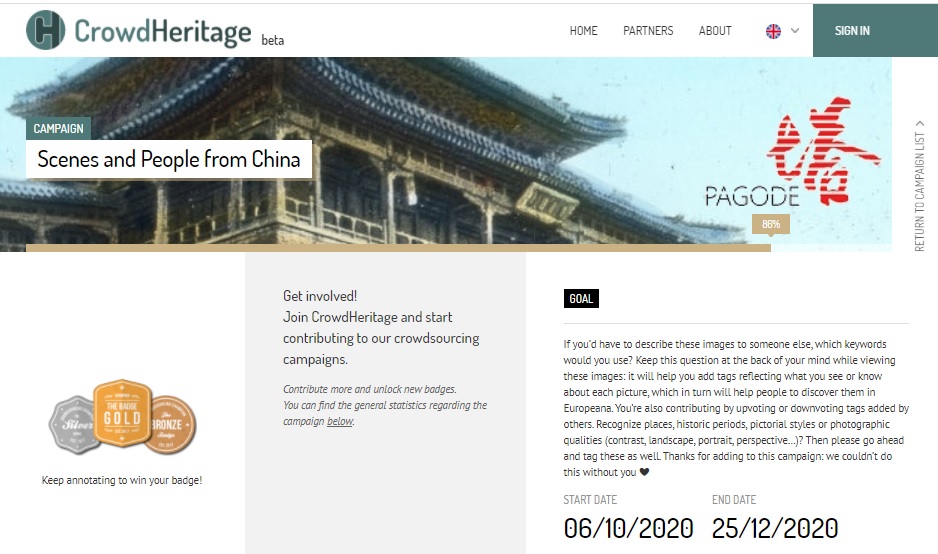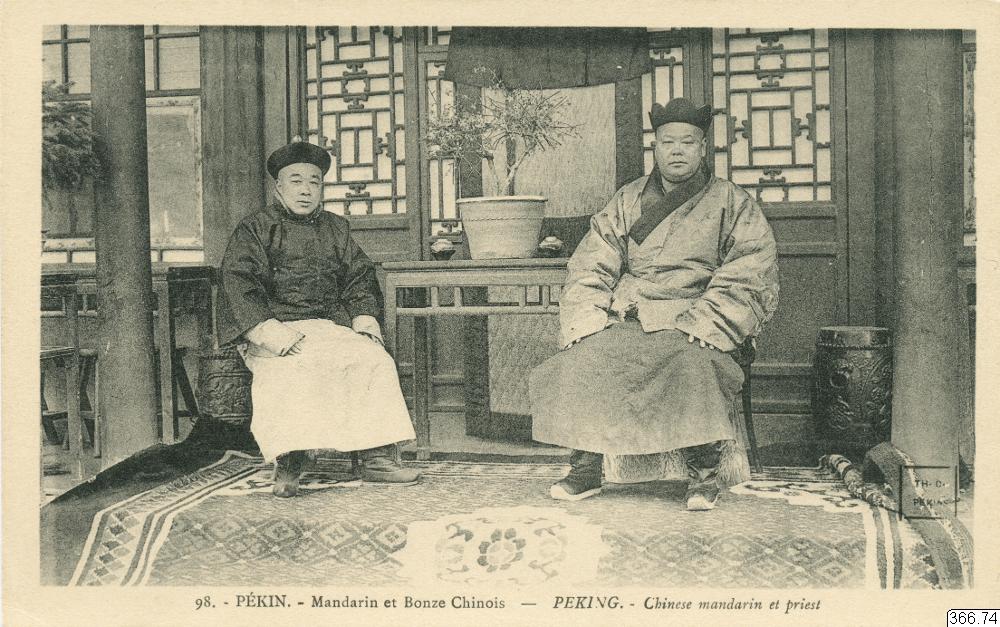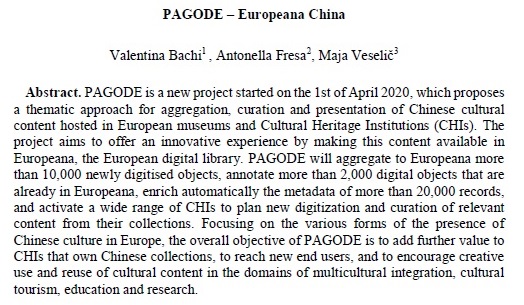Reposting from European Fashion Heritage Association.
“Weaving the Silk Road” was one selected project from “Journeys in the Archives” workshop done by the European Fashion Heritage Association together with students of contemporary design cultures at IUAV University of Venice. The project was curated by Emma Vianello, Davide Celentano, Nicolò Francini, Claudia Degrati, Ottilia Voltolina, and it had the aim to investigate, both historically and geographically, the so-called ‘Silk Road’, also selecting fashion heritage items of any times from the EFHA database.
Silk was first developed in China, probably around 6000-5000 BC, several archaeological findings depict silkworm patterns or other related motifs and thus suggest the importance of breeding silkworms in Neolithic China. Around 300 BC the methods for silk processing started to spread around the globe, until they reached Europe in 550 AD., where the major producers were to be found in Italy, specifically in Como, Forlì and Caserta. Nowadays the world’s major silkworm manufacturer is China, followed by Japan, India and Korea.
The idea of the ‘Silk Road’ was introduced in 1877 by Ferdinand Von Richthofen in his Tagebücher aus China. Reflecting on the concept of international connections through one precious material, the selection gathers objects that represent the growth of the trade between the East and West, embodying the meaning that the fabric assumed throughout the centuries for different countries.
In the Seventh century, China was perhaps one of the most finely dressed nations in the world. The towns had centuries of experience in silkworm breeding, and the technology of spinning was very advanced. During the Tang dynasty (618-907), privileged men wore robes or tunics, while members of the working class wore jacket and trousers, since bifurcated garments as trousers allowed greater freedom of movement. To a large extent people dressed according to their means; however, the court was an exception. State officials wore robes of different colours to indicate their rank: the most important wore purple, then deep red, green and blue.
The silk ensemble shown in the picture, designed by Jean Paul Gaultier in 1985, is the result of his thorough research and fascination for Chinese culture, which he explored through his practice.
image: Ensemble by Jean Paul Gaultier, image courtesy of MAD Paris. Reposted from European Fashion Heritage Association Facebook page.
PAGODE – Europeana China is co-financed by the Connecting Europe Facility Programme of the European Union, under GA n. INEA/CEF/ICT/A2019/1931839

